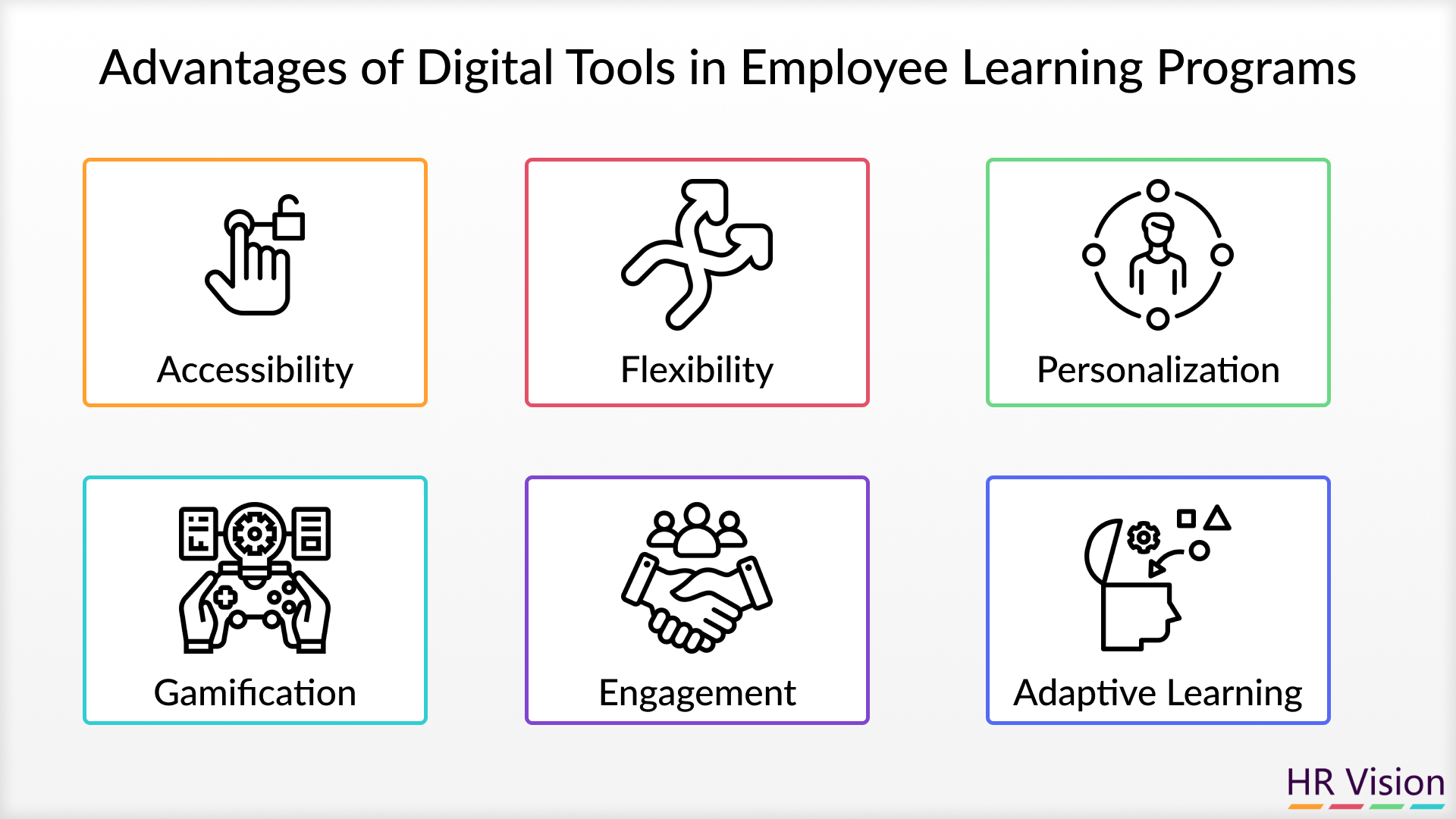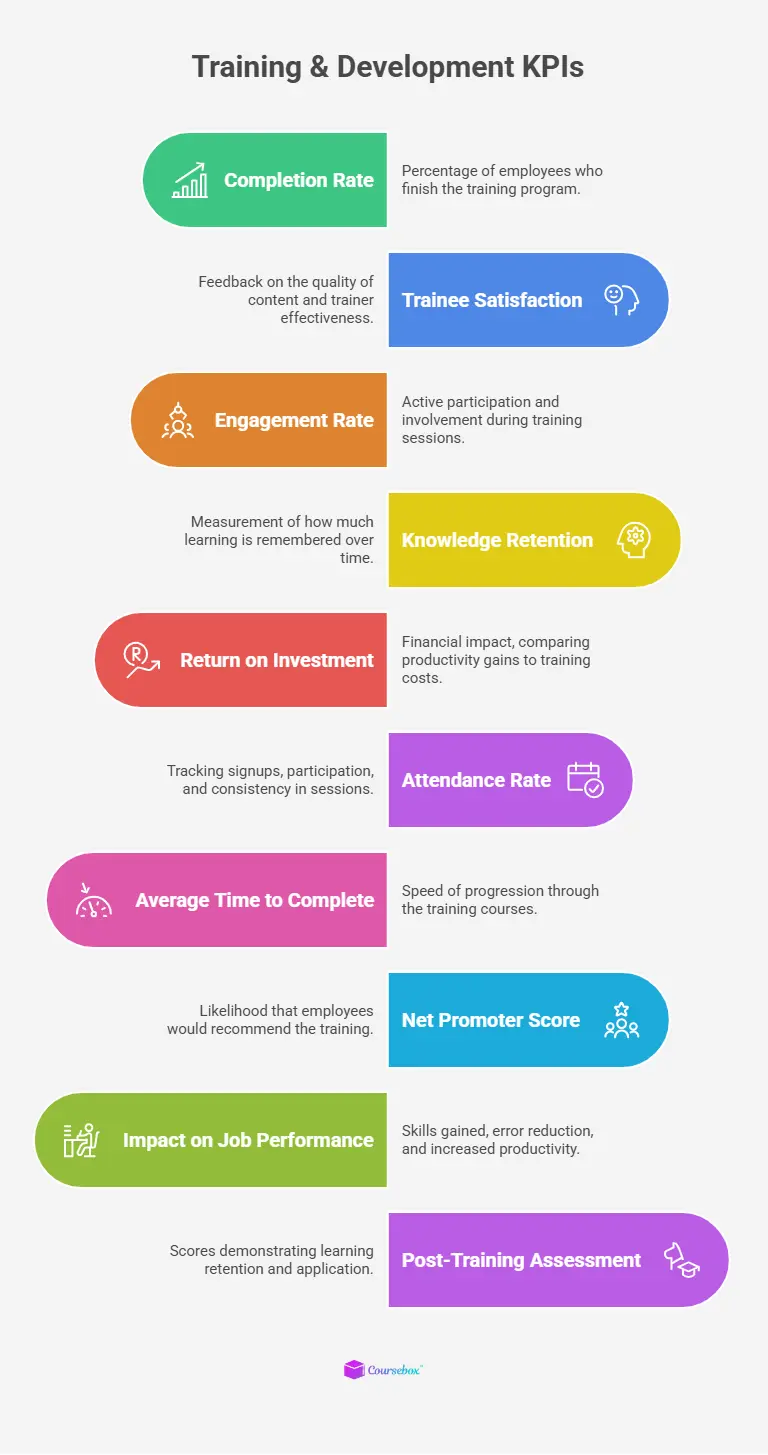10 Effective Strategies to Train Someone at Work for Maximum Impact
Learn how to train someone at work effectively with these 10 proven strategies. Boost productivity and confidence with clear goals and hands-on learning.
Learn how to train someone at work effectively with these 10 proven strategies. Boost productivity and confidence with clear goals and hands-on learning.

Training someone at work can be challenging. You might worry about whether they’ll grasp what they need to know, or your efforts will be wasted.
It’s a common frustration, but there’s good news: effective strategies can make a huge difference.
We're here to share proven methods to help you train your employee in a way that sticks, boosting their confidence and productivity.
In fact, companies that invest in structured training see a 24% higher profit margin than those that don’t.
In this article, you’ll find ten powerful strategies to maximize the impact of your training efforts.

Training a new employee effectively is crucial for their success and the team’s productivity.
A strong employee training program ensures they learn quickly and feel confident. Here are ten strategies to help you maximize the impact of your training efforts.
Setting clear objectives is the foundation of any effective training program, and it’s the first step in ensuring your new employee is on the right track.
Begin by defining specific, measurable goals that you want the trainee to achieve by the end of the training period.
These goals should be detailed enough to provide clear direction yet flexible enough to adapt to the trainee’s learning pace.
For instance, if you’re training someone in a customer service role, a clear objective might be to handle ten customer inquiries independently by the end of the second week.
Breaking these goals down into smaller, actionable tasks like learning the company’s customer service software or practising common scenarios—makes the process manageable and less overwhelming for the trainee.
Research from the American Psychological Association shows that 93% of employees feel more motivated to do their best when they know their work is valued.
This highlights the importance of setting clear, meaningful goals that help employees see how their efforts contribute to the company’s success.

Source: CultureAmp
It’s equally important to align these training goals with your company’s broader business objectives.
For example, if one of your company’s goals is to improve customer satisfaction, ensure that the trainee’s objectives are geared towards enhancing customer interactions.
This alignment not only keeps the training relevant but also shows the trainee how their role contributes to the company’s success.
Using a structured training plan is key to successful employee training.
Start by creating a clear roadmap that lays out each step of the process, including what needs to be done, the resources required, and the timeline for completion.
This makes it easier for both you and the trainee to stay focused and organized.
Adding milestones, or checkpoints, along the way, is also important. These allow you to track the trainee’s progress, see where they might need more help, and make changes to the plan if needed.
According to LinkedIn, 94% of employees say they would stay longer at a company if it invested in their career development.
Using a structured plan with clear milestones shows that you’re committed to their growth, which can boost their engagement and commitment to the company.
In short, a well-structured training plan helps guide the trainee through the learning process, making it more effective and helping them feel supported.
Blending different training methods is a great way to make your employee training more effective and engaging.
By mixing formal instruction, like classroom sessions, with hands-on approaches, such as on-the-job training and mentorship, you can cater to different learning styles.
Plus, adding e-learning into the mix allows employees the flexibility to learn at their own pace, which is especially useful for complex topics.
Together, these methods create a balanced, flexible training experience that can meet the diverse needs of your team.
Tools like Coursebox AI make this even easier by offering AI-driven features that streamline the creation and management of e-learning content.
With Coursebox AI, you can convert your existing employee training materials into engaging courses, create quizzes, and automate feedback.


Using microlearning is another smart strategy. It means breaking down training content into small, easy-to-understand lessons.
These short, focused lessons are easily remembered and fit even the busiest schedules.
Research shows that microlearning can improve how well people remember information by 20% compared to traditional methods.
By combining different training methods, you create a more flexible and dynamic program that can meet the needs of different learners, leading to better overall results.
Encouraging hands-on learning is one of the most effective ways to train employees.
When you allow trainees to actually perform tasks rather than just watching or reading about them, they gain practical experience that sticks with them longer.
This approach is supported by research showing that people retain 90% of what they do, compared to just 10% of what they read and 20% of what they hear.

You can also create real-life scenarios or simulations that mimic the challenges they’ll face on the job.
This practice helps them build confidence and problem-solving skills in a safe environment, preparing them for real-world situations.
Hands-on learning makes training more engaging and ensures that employees are ready to handle their responsibilities.

Source: Elevate Leadership
Providing regular feedback is a key component of effective training.
When you offer constructive criticism, it should be specific and timely, helping the trainee understand exactly what they need to work on and how to improve.
This approach not only accelerates their learning but also prevents bad habits from forming.
On the other hand, recognizing achievements is equally important. Celebrating successes, no matter how small boosts the trainee's confidence and reinforces positive behaviors.
Research shows that 69% of employees say they would work harder if they felt their efforts were better recognized.
This balance of feedback keeps trainees motivated and on track.

Creating a supportive learning environment is key to helping trainees feel comfortable and motivated.
Start by encouraging open communication, where trainees feel safe asking questions and expressing concerns. This openness helps them learn better and faster.
Pairing them with a mentor adds another layer of support. A mentor can guide them, share practical advice from their own experience, and offer encouragement during challenges.
Research shows that 91% of employees with a mentor are more satisfied with their jobs, which can lead to better performance and higher retention rates.
You build a strong foundation for successful training by focusing on communication and mentorship.

Source: HR Vision
Using technology and tools can make your training more effective and easier to manage.
Using digital tools like training apps and software, you can create interactive learning experiences that engage trainees.
These tools can include quizzes, videos, and simulations that help make learning more interesting.
Tracking progress digitally is also helpful, as it lets you see how well the trainee is doing and adjust the training plan if needed.
In fact, 70% of employees prefer online courses, making this approach both practical and preferred.
Assess Learning Styles
Start by assessing each trainee’s learning style.
Some people learn best through visuals, like charts and diagrams, while others prefer auditory methods, such as listening to explanations.
Kinesthetic learners benefit most from hands-on activities. Tailor your training methods to match this style.

Adapt to the Trainee’s Pace
Also, the training pace should be adjusted to fit how quickly they grasp new information.
Research shows that personalized learning improves learning results, leading to higher retention rates and better assessment performance.
This way, you ensure that each trainee feels supported and gains confidence as they learn.
Promoting continuous learning is important for keeping employees engaged and up-to-date.
Encourage a mindset where learning is seen as an ongoing process, not something that stops after initial training.
This can be done by creating a company culture that values curiosity and growth.
Also, provide access to ongoing resources like courses, webinars, and industry publications.
Studies show that companies focused on continuous learning see 218% higher income per employee.
This helps employees stay skilled, motivated, and invested in their roles.
Measuring and evaluating the effectiveness of your training is crucial to making sure it delivers results.
Start by regularly using assessments and surveys to gather feedback from trainees. This helps you identify what parts of the training work well and where you can improve.

Also, track Key Performance Indicators (KPIs) related to the trainee’s job. This lets you see how well the training is improving their actual performance.
By regularly reviewing and adjusting your training, you make sure it stays effective and beneficial.
Well-structured workplace training combines clear goals, hands-on learning, mentorship, and sustained feedback to build competence and confidence. These 10 strategies lay a strong foundation for practical, high-impact training.
To scale effective training using AI-powered task generation, microlearning blend, and analytics, try Coursebox.
Book a free demo today and see how Coursebox makes workplace learning smarter and more effective.
Combining clear expectations, hands-on tasks, real-time mentorship, and feedback creates a practical training flow. Begin with role-relevant tasks, use supportive coaching, and reinforce learning through repetition and reflection.
Hands-on tasks mirror actual job challenges. This approach makes learning meaningful, encourages problem-solving, and improves retention. People grasp skills faster when they apply knowledge in context.
Frequent check-ins—daily or weekly early on—help catch misunderstandings before they become habits. This ongoing support builds learner confidence and ensures performance stays on track.
Yes. Microlearning blends with spaced repetition makes key concepts stick. Deliver short, focused content in regular intervals to reinforce learning gradually and sustainably.
Simulations of actual tasks, shadowing experienced colleagues, case-based challenges, and role-play exercises represent real-world training that bridges theory and practice.
Monitor metrics such as completed tasks, time to proficiency, error rates, and feedback from the trainee. Use these signals to adjust the training pathway as needed.
Coursebox helps design and track practical training by combining AI-generated tasks, quizzes, and microlearning with progress dashboards. This approach enables scalable and tailored training experiences.
